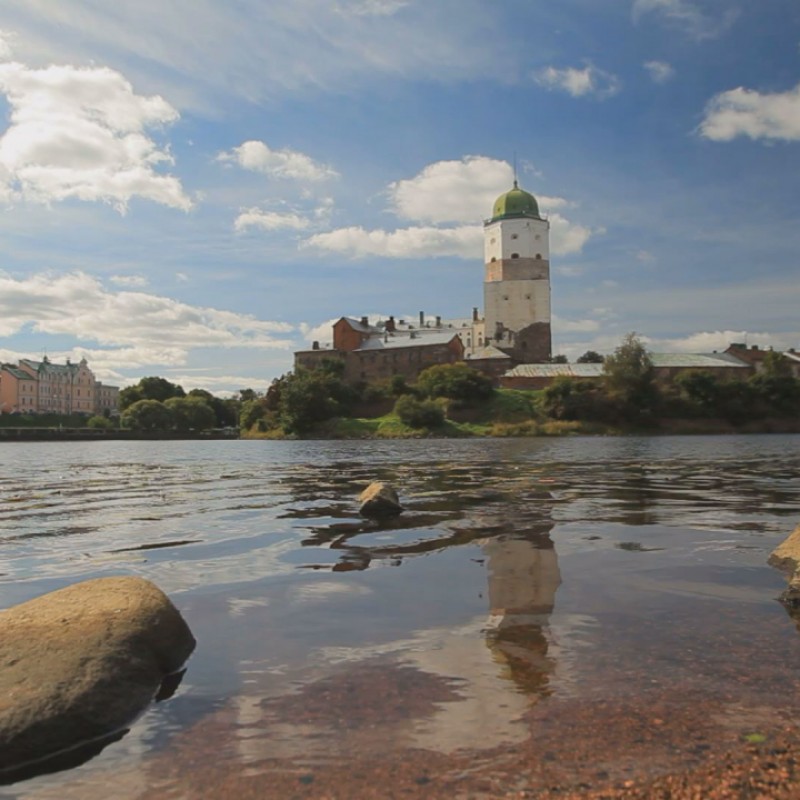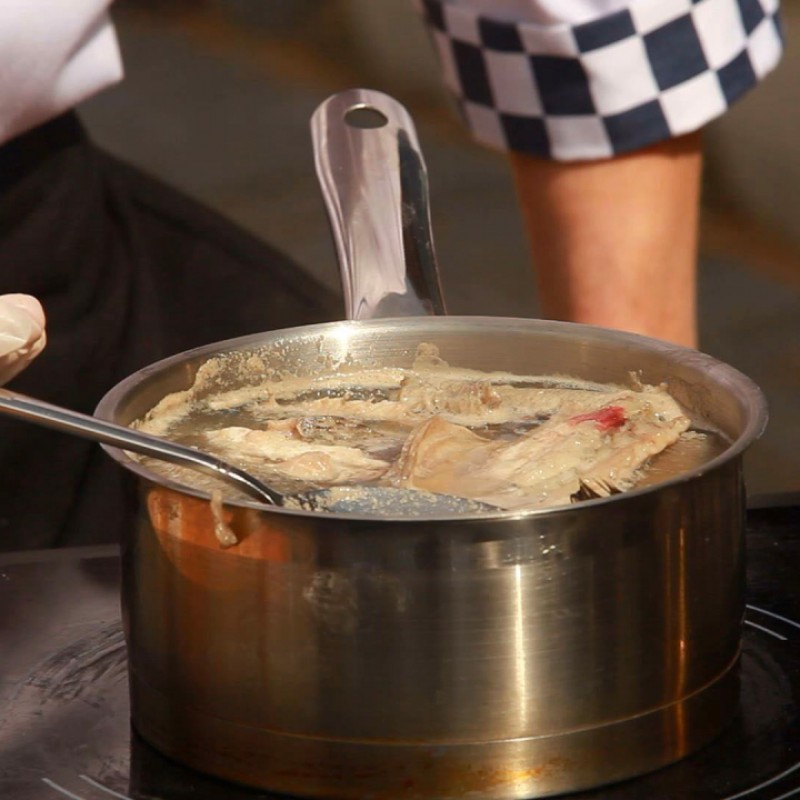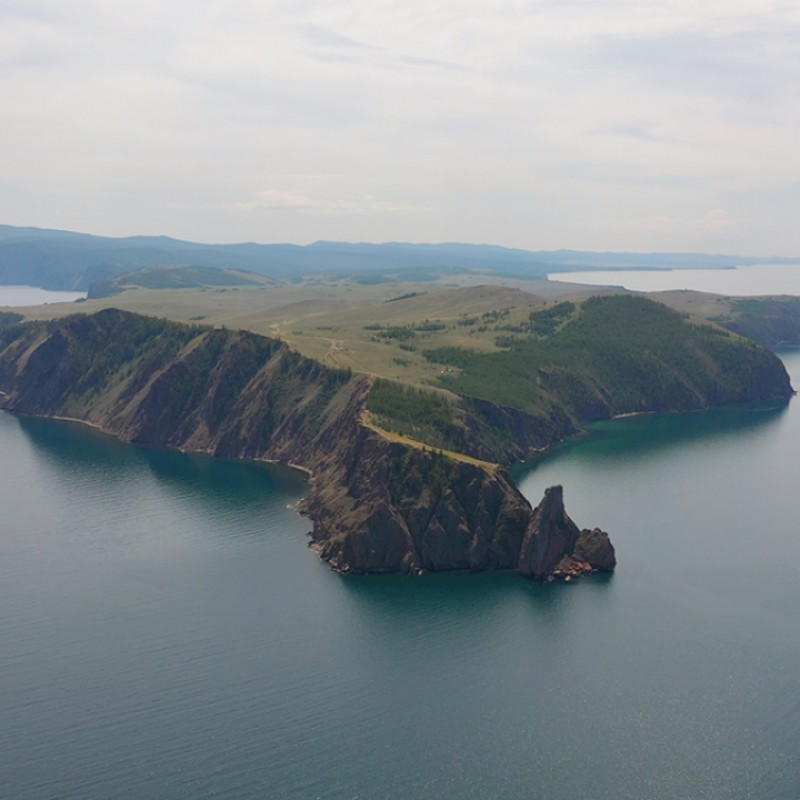
Tour of Vyborg
Vyborg is a small city whose rich, seven-century history can be seen all over — in its narrow turrets, towering gothic spires, the old masonry of the castle walls and citizens’ unhurried way of life. Over the years many things have taken place in this city, ultimately influencing the lives of local people, the architecture and city layout. Centuries later however, most people associate this historic city with the dark, militaristic and very romantic Middle Ages whose spirit seems to pour out of each and every stone.

Ladoga pikeperch for lunch
Lake Ladoga, the largest lake in Europe, is not known for its calm waters. Waves break the water’s surface even on still days, almost crashing on the bank near the shoreside restaurant Osinovets Lighthouse. This restaurant’s location is not the only thing that makes it special – here chefs prepare fresh, delicious seafood like no one else. The fish guests order for lunch was happily swimming around the lake hours before. RTG TV host Igor Vukolov visited the restaurant try some its most popular pike perch dishes and learn the secrets to its perfect preparation.

Ladoga pikeperch for lunch
The View From Up On High. The Mystery Of The Baikal Rift
Baikal – the most ancient, deepest lake on Earth. And the most perplexing. Scientists continue to attempt to resolve its mysteries to this day. One of them, is how it was formed. The leading theory is that it’s the result of a rift – the lake formed as the result of a deep fissure in the Earth’s crust. Is that the case? And is it true that Baikal may one day become an ocean? Answers in this RTG TV film.
